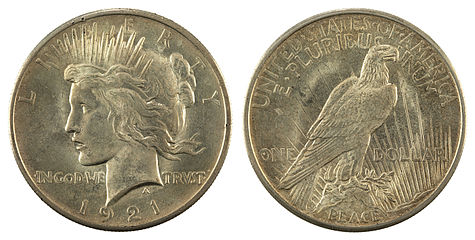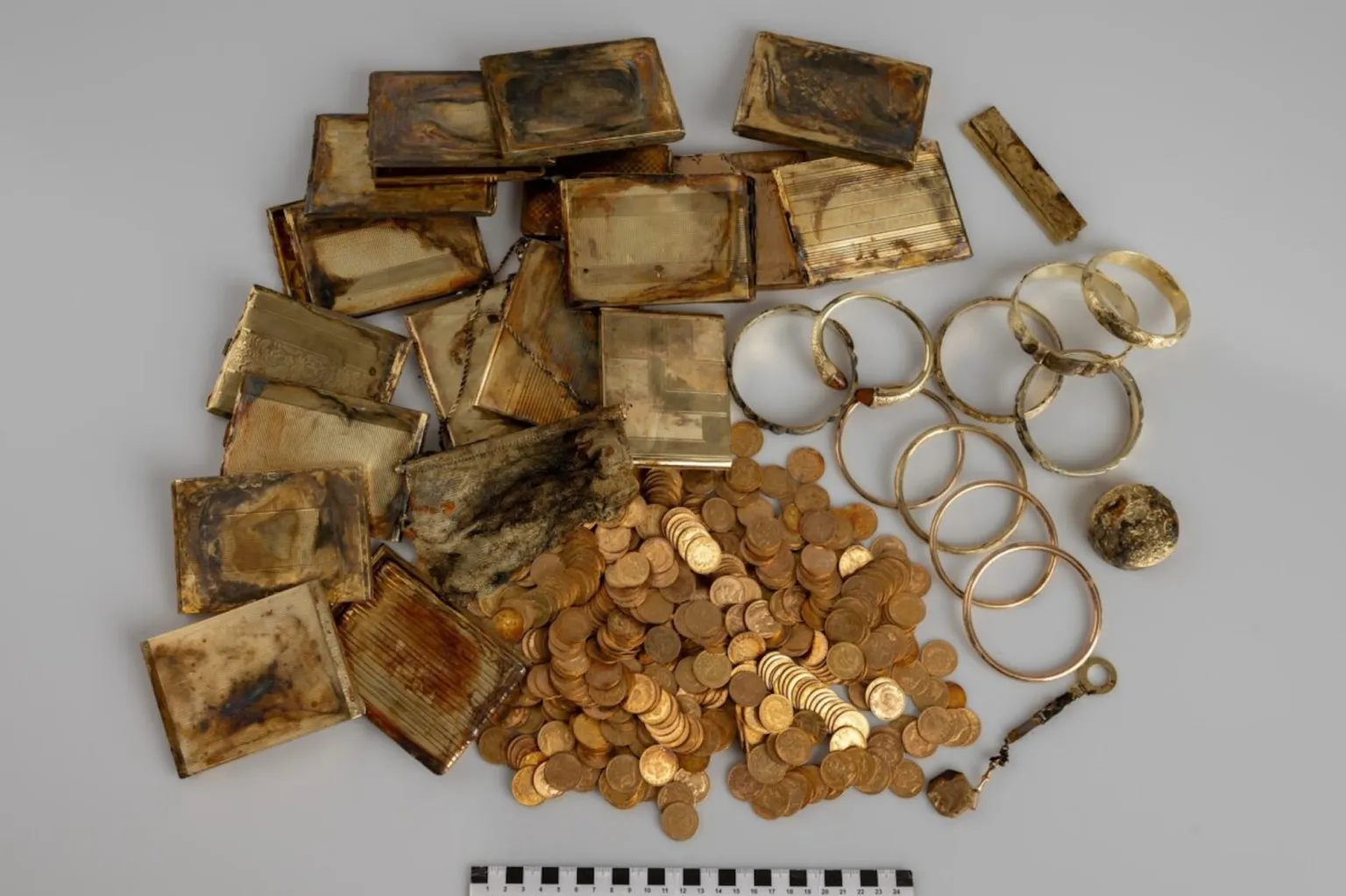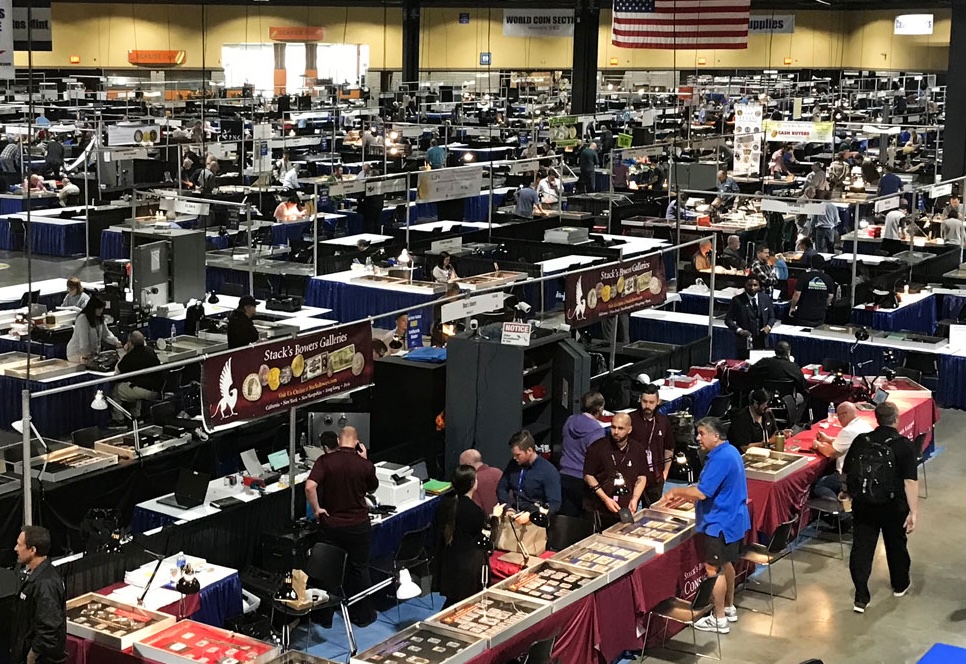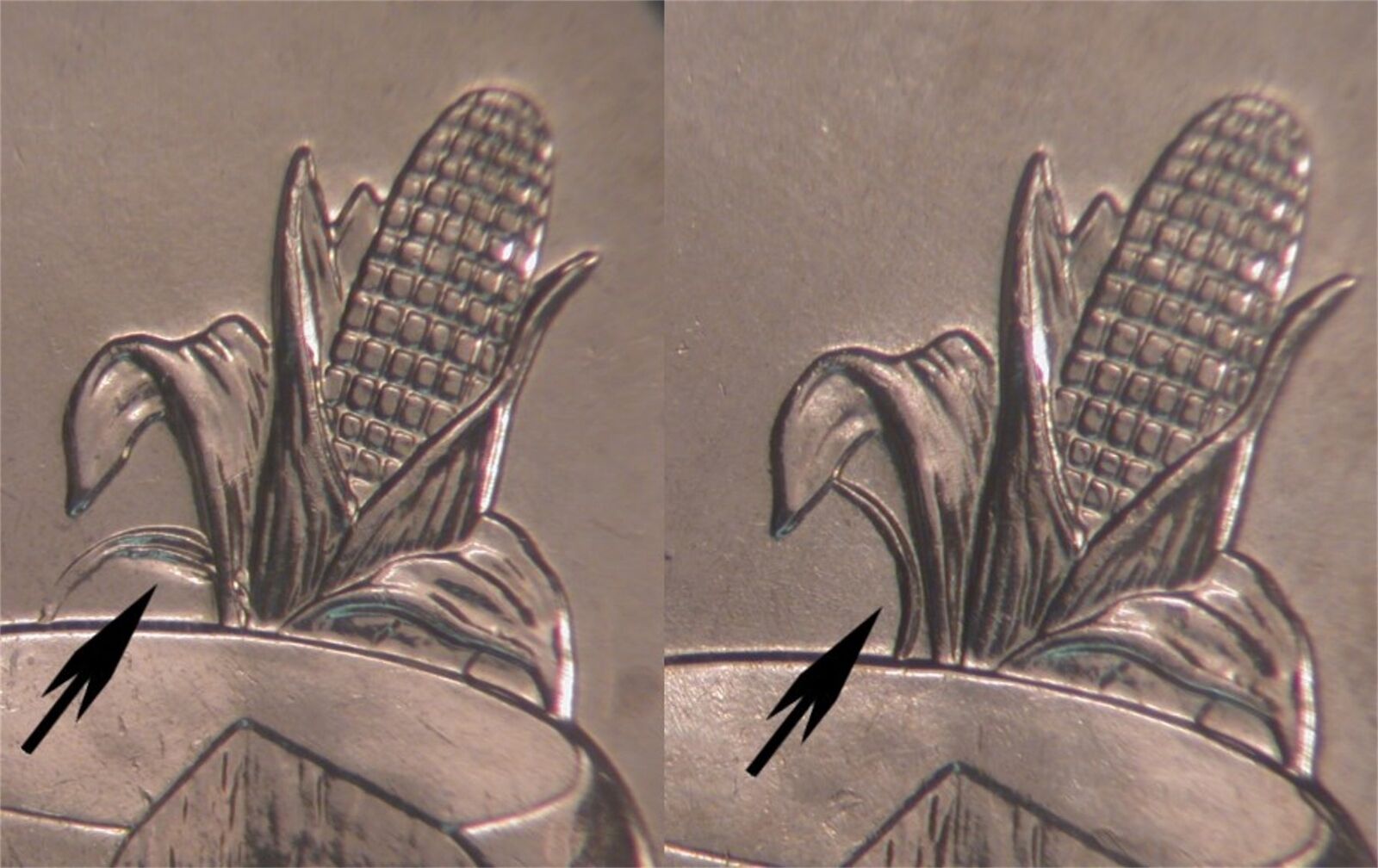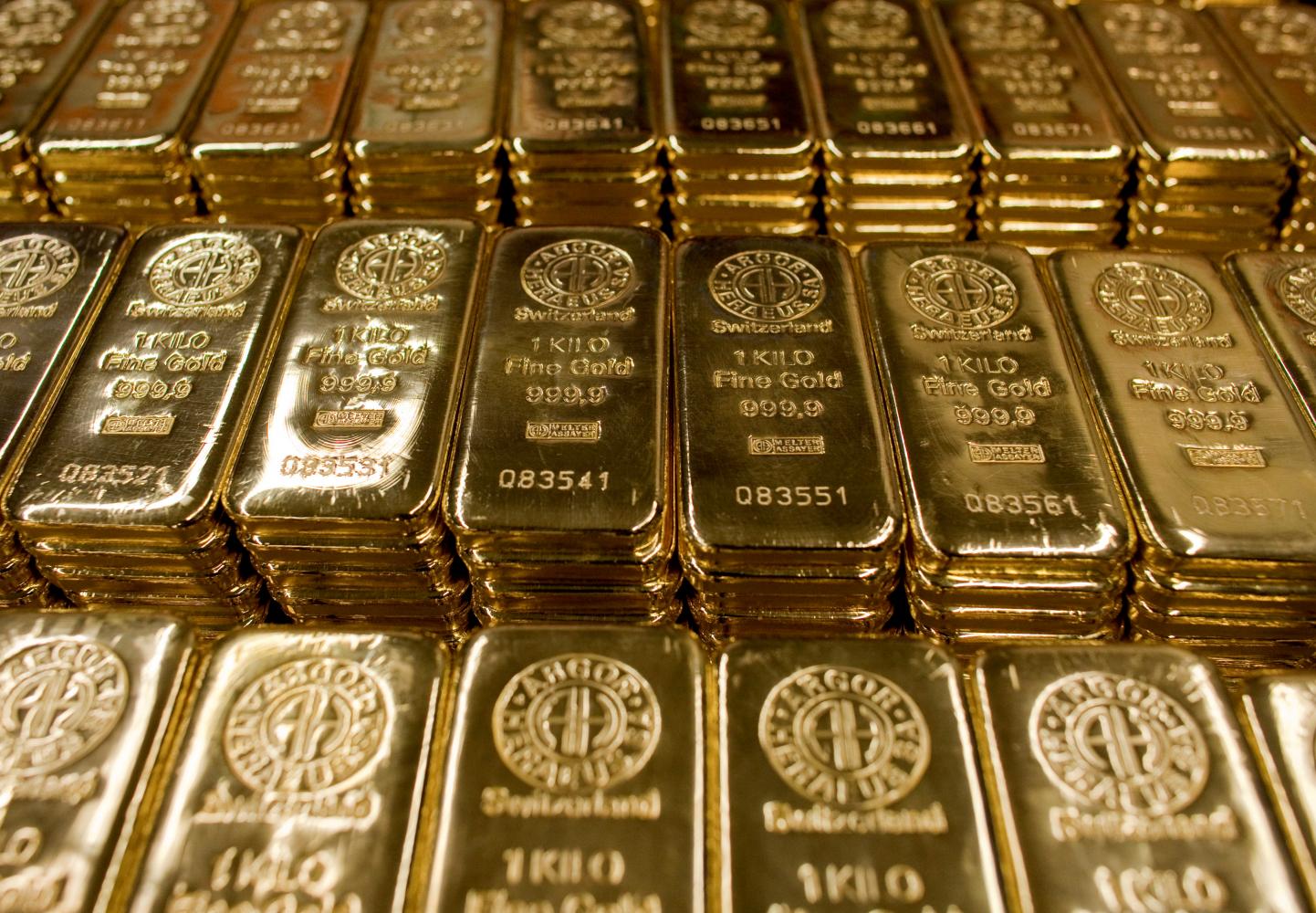Summit Metals: Your Next Trusted Source for Precious Metals Investments
Summit Metals is dedicated to helping first-time and seasoned investors confidently and easily navigate their precious metals journey with competitive pricing and exceptional service

